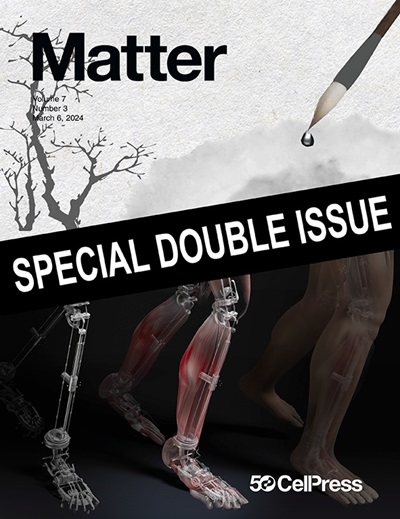不带行李去火星旅行:地外结构的材料和力学创新
IF 17.5
1区 材料科学
Q1 MATERIALS SCIENCE, MULTIDISCIPLINARY
引用次数: 0
摘要
太空探索一直推动着改善地球生命的变革性技术。在火星上建立存在需要通过使用当地材料,生物灵感设计和人工智能优化方法来重新构想建筑,以克服极端条件和资源限制。这些进步不仅使在火星上生活成为可能,而且为在地球上建立更可持续、更有弹性的基础设施提供了宝贵的见解。本文章由计算机程序翻译,如有差异,请以英文原文为准。
Traveling to Mars without luggage: Materials and mechanics innovations for extraterrestrial structures
Space exploration has consistently driven transformative technologies that enhance life on Earth. Establishing a presence on Mars requires reimagining construction through the use of locally sourced materials, bioinspired designs, and AI-optimized methods to overcome extreme conditions and resource limitations. These advancements would not only make living on Mars possible but also offer valuable insights for creating more sustainable and resilient infrastructure on Earth.
求助全文
通过发布文献求助,成功后即可免费获取论文全文。
去求助
来源期刊

Matter
MATERIALS SCIENCE, MULTIDISCIPLINARY-
CiteScore
26.30
自引率
2.60%
发文量
367
期刊介绍:
Matter, a monthly journal affiliated with Cell, spans the broad field of materials science from nano to macro levels,covering fundamentals to applications. Embracing groundbreaking technologies,it includes full-length research articles,reviews, perspectives,previews, opinions, personnel stories, and general editorial content.
Matter aims to be the primary resource for researchers in academia and industry, inspiring the next generation of materials scientists.
 求助内容:
求助内容: 应助结果提醒方式:
应助结果提醒方式:


